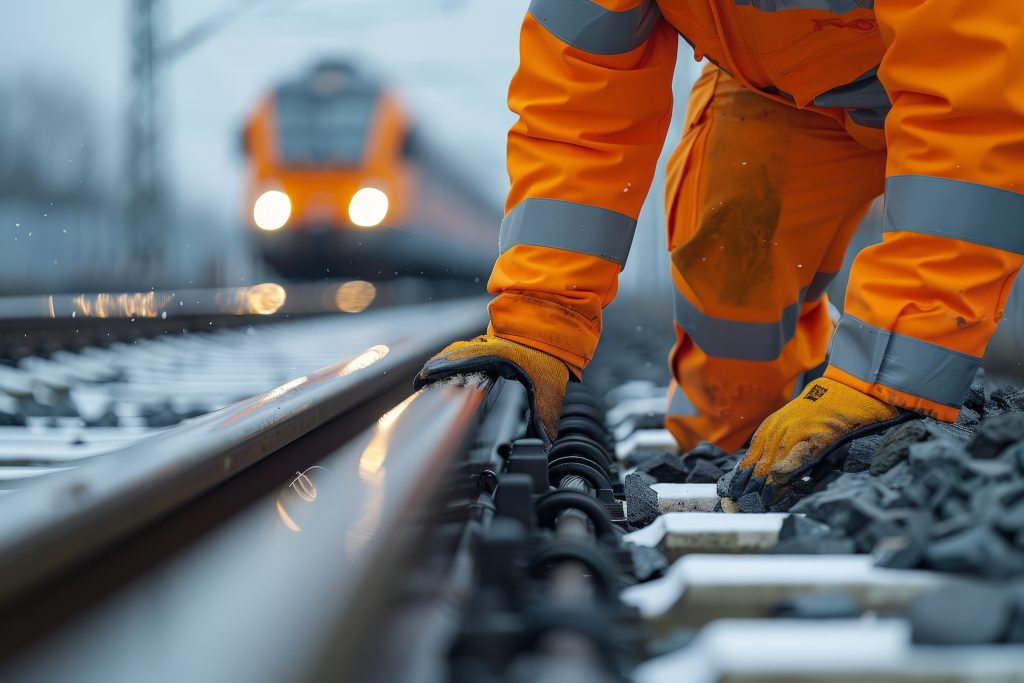Network Rail, CTRL Training Facility
Morson Praxis’ was appointed by Network Rail to design and build a state-of-the-art maintenance and staff training facility, providing a realistic and safe environment to simulate the High Speed 1 (HS1) Ventilation Control System.
Client Brief
Replicating a Live System for Training and Maintenance
Network Rail required a purpose-built facility that would enable staff training on a fully functional mock-up of the existing HS1 ventilation system, while also supporting maintenance and testing of system upgrades in a controlled environment.
Project Overview
Virtual Live Training and Maintenance Facility
The facility replicates the live HS1 control system, including hardwired backup control panels, redundant PLCs, SCADA servers, and client PCs. It integrates both physical and virtual hardware to accurately simulate on-site installed conditions, allowing for realistic operator training and testing of system upgrades without impacting live operations.
Image Gallery
Explore the Virtual Live training and maintenance facility, showcasing cutting-edge simulation and control technology for HS1.



Our Solution
Comprehensive Design and Integration
Morson Praxis delivered a fully integrated “Virtual Live” system comprising:
-
Mitsubishi PLC Control System with dual redundant master PLCs and multiple outstation PLCs
-
Manual Override Pushbutton Panel
-
Citect SCADA System with dual redundant servers and client workstations
-
Ethernet Data Communications Network
-
Custom-built Train Position and PLC I/O simulators
-
In-house developed software to simulate I/O field responses and Route Control Centre interactions
The facility enables Network Rail staff to practice scenarios such as starting/stopping ventilation fans, opening/closing dampers, simulating system failures, smoke extraction scenarios, and train position/berth ID simulation.
Additionally, the facility serves as a maintenance and development platform for SIL 3-rated systems, allowing verification of system upgrades and changes without impacting live operations. A recent system upgrade was fully tested via a VPN connection to a contractor simulator in Paris, validated to SIL 3, and successfully implemented onsite in a single night shift.
Results
Safe, Efficient, and Realistic Operations
The facility provides a safe, realistic, and flexible environment for operator training and system maintenance. Staff can train on automated incident scenarios, while engineers can safely test and verify upgrades. The dual-purpose design ensures improvements are validated before implementation, reducing downtime and risk, and supporting Network Rail’s operational and safety requirements.

